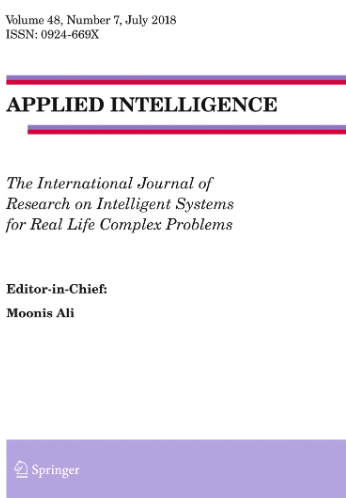摘要
在全球范围内,网络攻击每月都在增长和变异。为应对这些威胁,开发了智能入侵网络检测系统来分析和检测异常流量。解决这一问题的一种方法是使用网络流(设备间通信的汇总版本)。网络流数据集用于训练人工智能(AI)模型,以对特定攻击进行分类。训练这些模型需要通常在实验室中合成的威胁样本,因为在运行网络中捕获这些样本是一项具有挑战性的任务。随着威胁的快速发展,新的网络流也在不断开发和共享。然而,在测试模型时,使用旧数据集仍然是一种流行的程序,这阻碍了对新攻击中最新解决方案的优势和机遇进行更全面的描述。此外,标准化基准的缺失也会导致算法所生成的模型之间无法进行很好的比较。为了弥补这些不足,我们提出了一个包含 14 个最新预处理数据集的基准,并研究了基于网络流的七类网络入侵检测算法。我们为研究人员提供了一个集中的预处理数据集源,便于下载。所有数据集还提供了训练、验证和测试分区,以便对现有解决方案和新解决方案进行直接、公平的比较。我们选择了最先进的公开算法,它们是各种方法的代表。我们使用这些算法的 Macro F1 分数进行了实验比较。我们的结果突出了每个模型在数据集场景下的运行情况,并为有竞争力的解决方案提供了指导。最后,我们讨论了模型和基准的主要特点,重点是对从业人员和研究人员的实际影响和建议。Globally, cyberattacks are growing and mutating each month. Intelligent Intrusion Network Detection Systems are developed to analyze and detect anomalous traffic to face these threats. A way to address this is by using network flows, an aggregated version of communications between devices. Network Flow datasets are used to train Artificial Intelligence (AI) models to classify specific attacks. Training these models requires threat samples usually generated synthetically in labs as capturing them on operational network is a challenging task. As threats are fast-evolving, new network flows are continuously developed and shared. However, using old datasets is still a popular procedure when testing models, hindering a more comprehensive characterization of the advantages and opportunities of recent solutions on new attacks. Moreover, a standardized benchmark is missing rendering a poor comparison between the models produced by algorithms. To address these gaps, we present a benchmark with fourteen recent and preprocessed datasets and study seven categories of algorithms for Network Intrusion Detection based on Network Flows. We provide a centralized source of pre-processed datasets to researchers for easy download. All dataset are also provided with a train, validation and test split to allow a straightforward and fair comparison between existing and new solutions. We selected open state-of-the-art publicly available algorithms, representatives of diverse approaches. We carried out an experimental comparison using the Macro F1 score of these algorithms. Our results highlight each model operation on dataset scenarios and provide guidance on competitive solutions. Finally, we discuss the main characteristics of the models and benchmarks, focusing on practical implications and recommendations for practitioners and researchers.

 求助内容:
求助内容: 应助结果提醒方式:
应助结果提醒方式:


